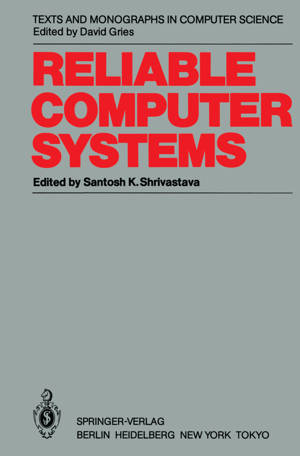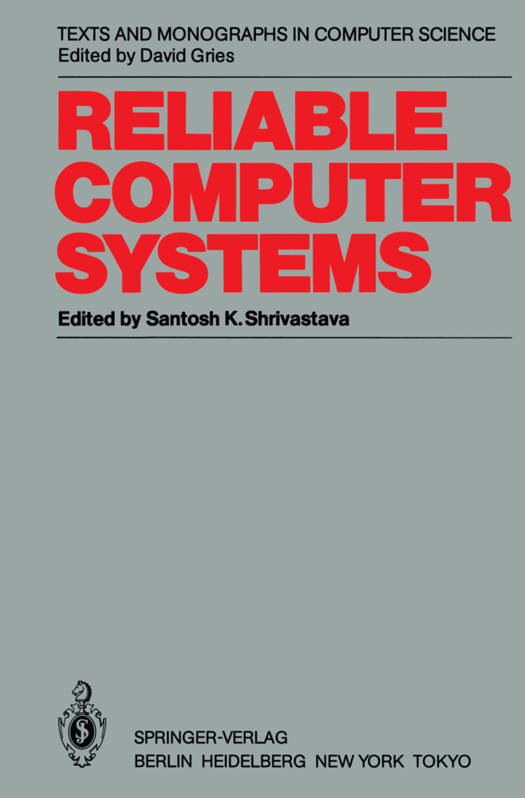
- Afhalen na 1 uur in een winkel met voorraad
- Gratis thuislevering in België vanaf € 30
- Ruim aanbod met 7 miljoen producten
- Afhalen na 1 uur in een winkel met voorraad
- Gratis thuislevering in België vanaf € 30
- Ruim aanbod met 7 miljoen producten
Zoeken
Reliable Computer Systems
Collected Papers of the Newcastle Reliability Project
€ 83,95
+ 167 punten
Omschrijving
A research project to investigate the design and construction of reliable computing systems was initiated by B. Randell at the University of Newcastle upon Tyne in 1972. In over ten years of research on system reliability, a substantial number of papers have been produced by the members of this project. These papers have appeared in a variety of journals and conference proceedings and it is hoped that this book will prove to be a convenient reference volume for research workers active in this important area. In selecting papers published by past and present members of this project, I have used the following criteria: a paper is selected if it is concerned with fault tolerance and is not a review paper and was published before 1983. I have used these criteria (with only one or two exceptions!) in order to present a collection of papers with a common theme and, at the same time, to limit the size of the book to a reasonable length. The papers have been grouped into seven chapters. The first chapter introduces fundamental concepts of fault tolerance and ends with the earliest Newcastle paper on reliability. The project perhaps became well known after the invention of recovery blocks - a simple yet effective means of incorporating fault tolerance in software. The second chapter contains papers on recovery blocks, starting with the paper which first introduced the concept.
Specificaties
Betrokkenen
- Uitgeverij:
Inhoud
- Aantal bladzijden:
- 580
- Taal:
- Engels
- Reeks:
Eigenschappen
- Productcode (EAN):
- 9783642824722
- Verschijningsdatum:
- 22/12/2011
- Uitvoering:
- Paperback
- Formaat:
- Trade paperback (VS)
- Afmetingen:
- 156 mm x 234 mm
- Gewicht:
- 820 g

Alleen bij Standaard Boekhandel
+ 167 punten op je klantenkaart van Standaard Boekhandel
Beoordelingen
We publiceren alleen reviews die voldoen aan de voorwaarden voor reviews. Bekijk onze voorwaarden voor reviews.







